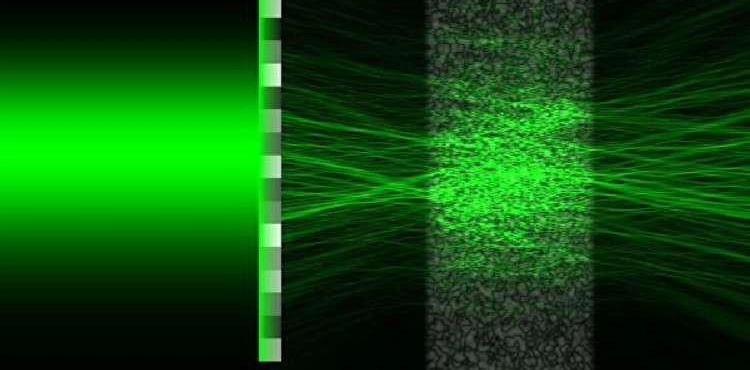Yale University scientists have discovered a special way to change the structure of a conventional laser beam, making it penetrate dense fog or white walls.
"As a rule, any optical beam falling in a dispersal medium like fog begins to spread in the side directions, and we can see that the laser beam can be prepared so that it can move forward only through this medium," says physicist Hui Sow of Yale University.
As is known, recent years have seen many attempts and studies to create devices that allow us to see beyond the wall. For example, in 2015, Massachusetts Institute scientists were able to see the ghosts of people behind the wall using conventional Wi-Fi devices. Scientists from Scotland have created a camera that sees what is behind the corner.
Now, São and her scientific team have created a device that "makes" the traditional laser beam pass through dense fog and non-transparent objects that absorb light but reflect it.
In order to achieve this, scientists placed two sensitive arrays behind a sheet of nanoparticles compressed of zinc oxide to act as a wall, and followed the amount of light that penetrates different parts of its area. The researchers used this so-called spatial light amplifier, an optical device that allows control of the structure of electromagnetic wave packets.
It also turns out that the spatial light amplifier can change the shape of the beam so that it passes through non-transparent objects, provided that its structure matches the spaces between the atoms and electrons of the object through which the light passes.
The team hopes their discovery will allow the creation of car lights, which can light the road in all climatic conditions, and that doctors can create laser devices that penetrate human and animal tissues for medical operations, scientific experiments, and so on.












